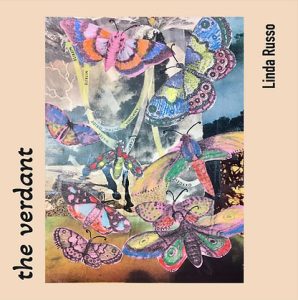Red Cedar Review – 2007
Issue 42
2007
Annual
Rachel King
This issue of Red Cedar Review promises lively reading in both fiction and poetry. The theme of the story selections seems to be appearance versus reality. Almost every main character has a vice which he or she wishes to hide from his or her close ones. These faults range from the small disruptions of a middle-schooler in Chris Moore’s “The Vicks” to a middle-aged woman’s adulterous relationship in “Without Windows” by Margaret Hermesto a murder committed by one spouse on another in J.C. Dickey-Chasin’s “Blue Jesus.” The reader has different amounts of sympathy for these transgressors. Lydia’s adultery in “Without Windows” can be explained in that her husband has been cheating on her, but Mrs. Betts stark murder in “Blue Jeans” cannot be justified by the estrangement of the couple.
This issue of Red Cedar Review promises lively reading in both fiction and poetry. The theme of the story selections seems to be appearance versus reality. Almost every main character has a vice which he or she wishes to hide from his or her close ones. These faults range from the small disruptions of a middle-schooler in Chris Moore’s “The Vicks” to a middle-aged woman’s adulterous relationship in “Without Windows” by Margaret Hermesto a murder committed by one spouse on another in J.C. Dickey-Chasin’s “Blue Jesus.” The reader has different amounts of sympathy for these transgressors. Lydia’s adultery in “Without Windows” can be explained in that her husband has been cheating on her, but Mrs. Betts stark murder in “Blue Jeans” cannot be justified by the estrangement of the couple.
Caroline Du Pree Le Guin’s poem “Counterpoint” almost contains an answer for the stories’ secretive characters: no one is perfect, but people who choose one another learn to live with each other’s imperfections: “But I found you. / And busily, each day, we compose / this imperfect union…Against your ragged, stumbling bass / I carve a shrill, querulous melody…suddenly fearful we rush together / and sing in this fierce unison” (84). The other poems are fine, but my favorite is “Nospaces.com” by Martin Galvin. My friends would probably say that I like it merely because Galvin and I don’t like myspace. Maybe this accusation is true, but I also think he articulates well the peace we may forfeit for instantaneity: “The internet jammed his time with addresses / …which threatened, that flow, to fill up the world / That used to be filled with comfortable places / …to escape the babble that filled up the spaces, / To ponder the silence and empty the puzzles.”
Red Cedar Review only comes out once a year, which is unfortunate, because it’s difficult to wait twelve more months to enjoy its selection of fine art.
[msupress.msu.edu/rcrorg]




